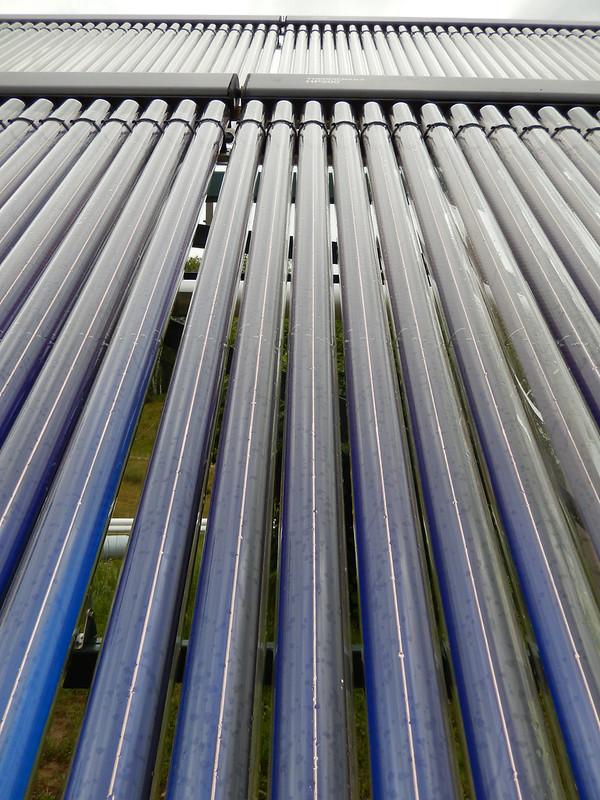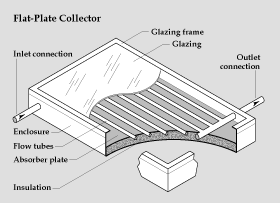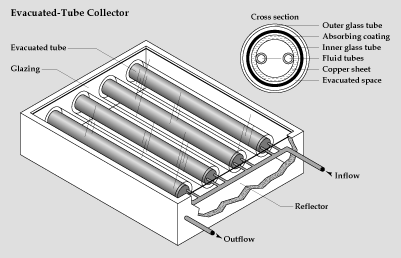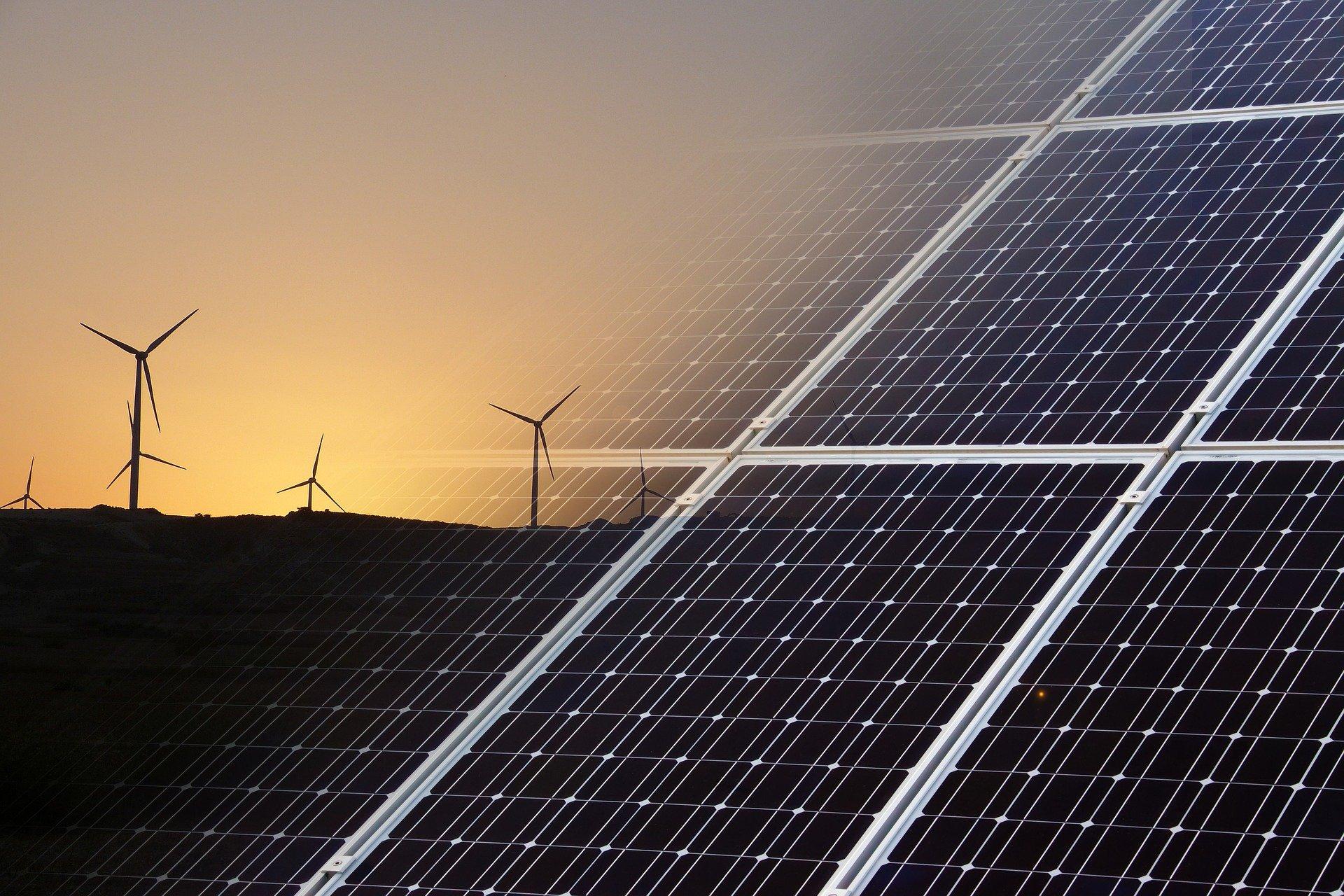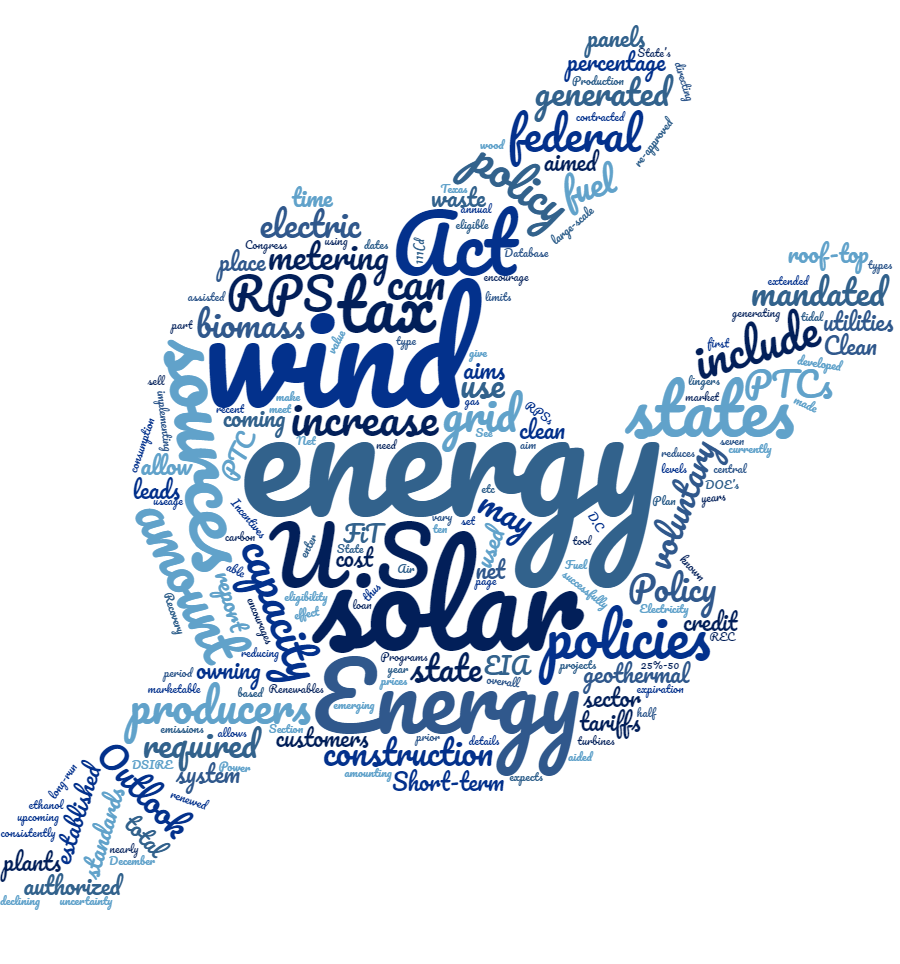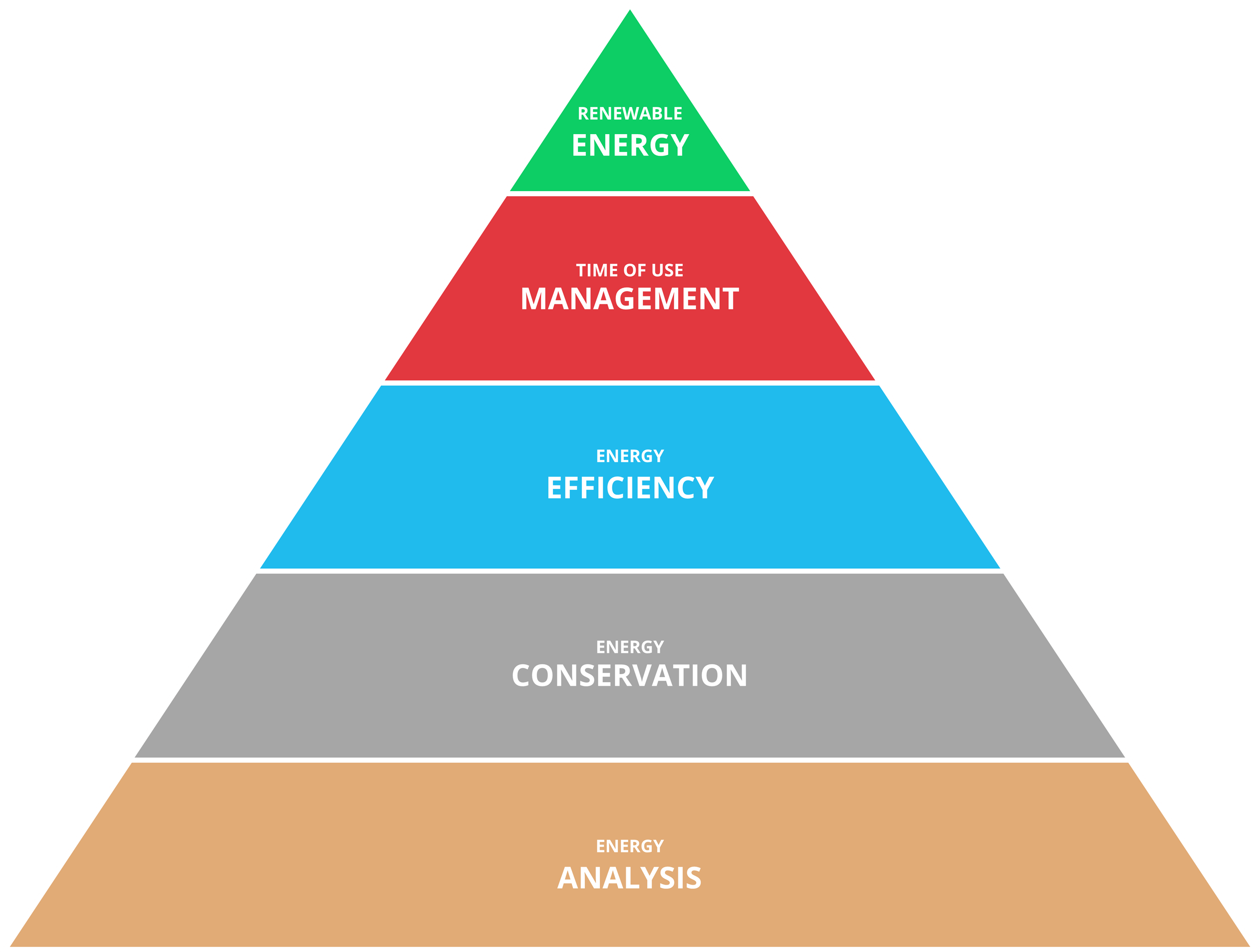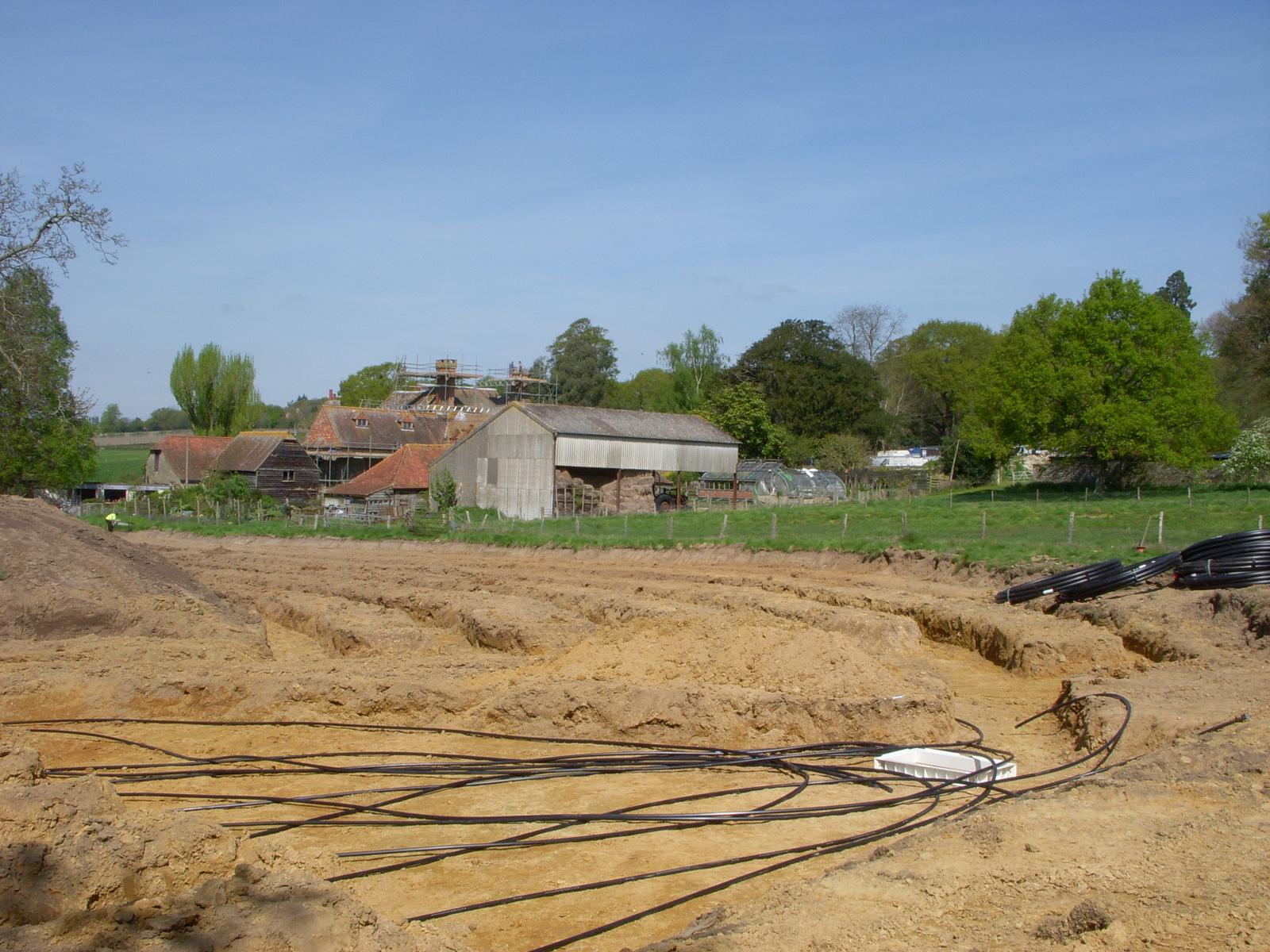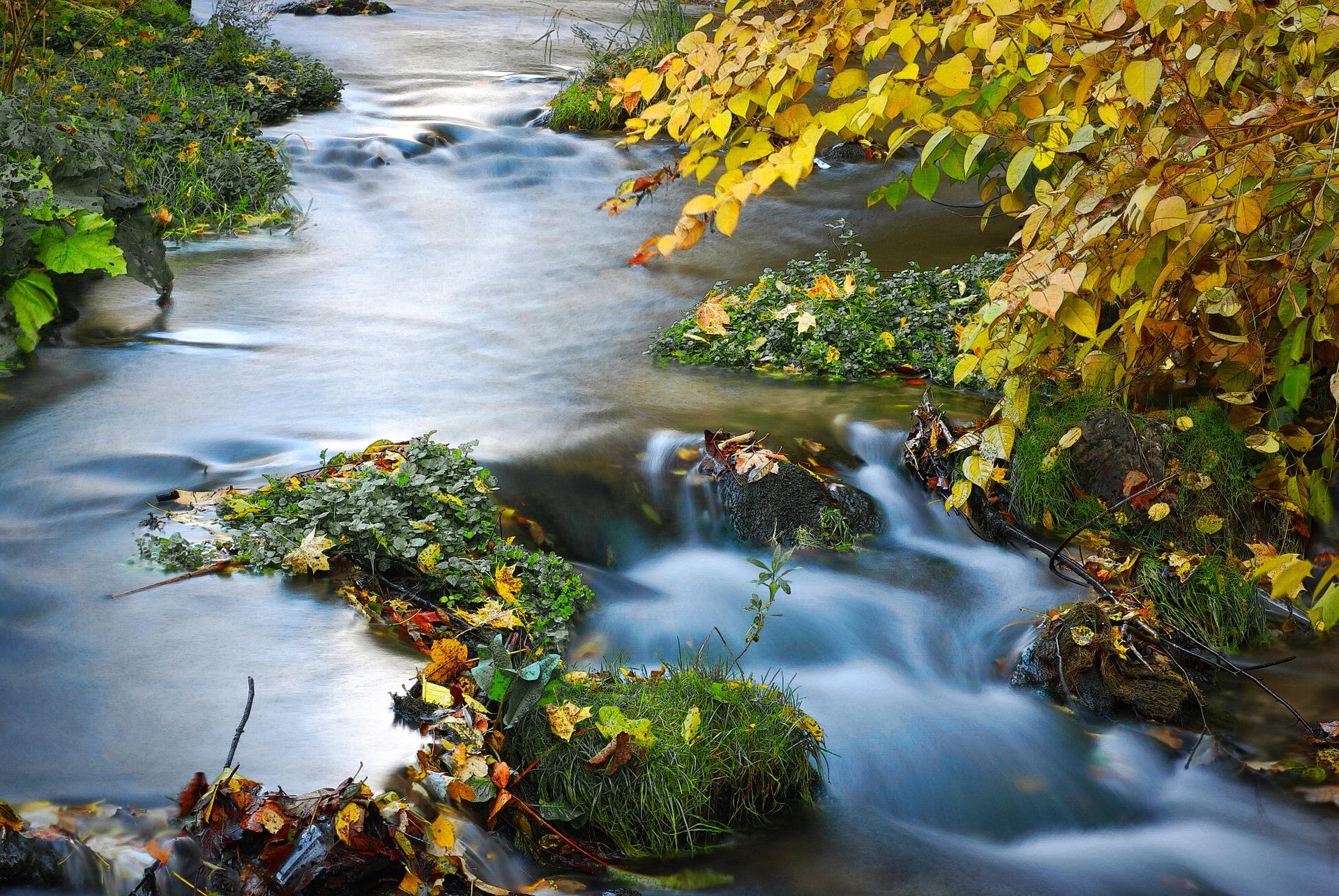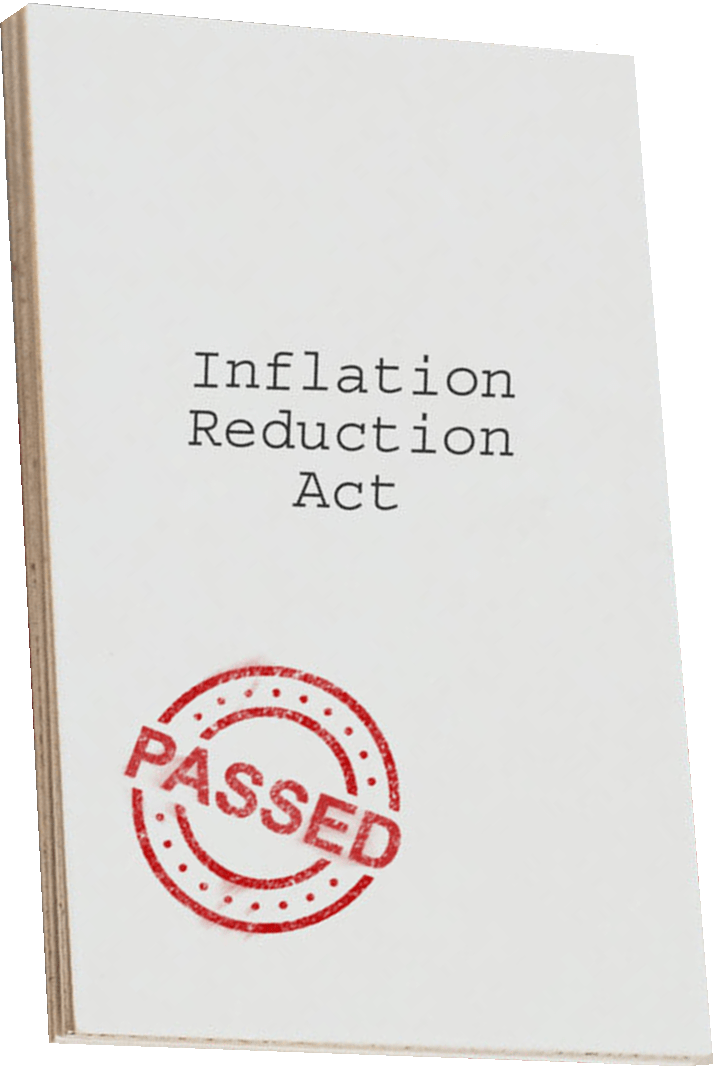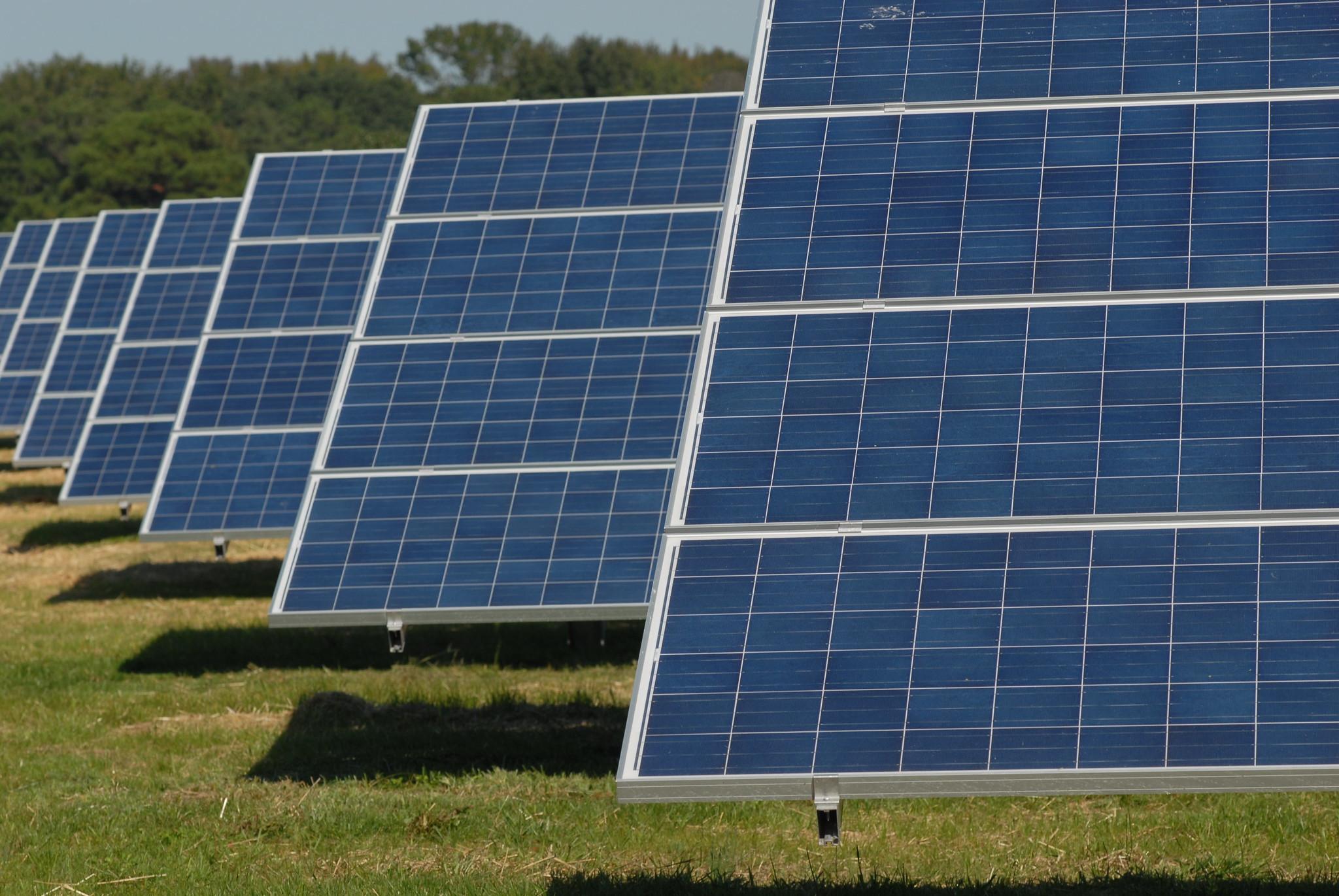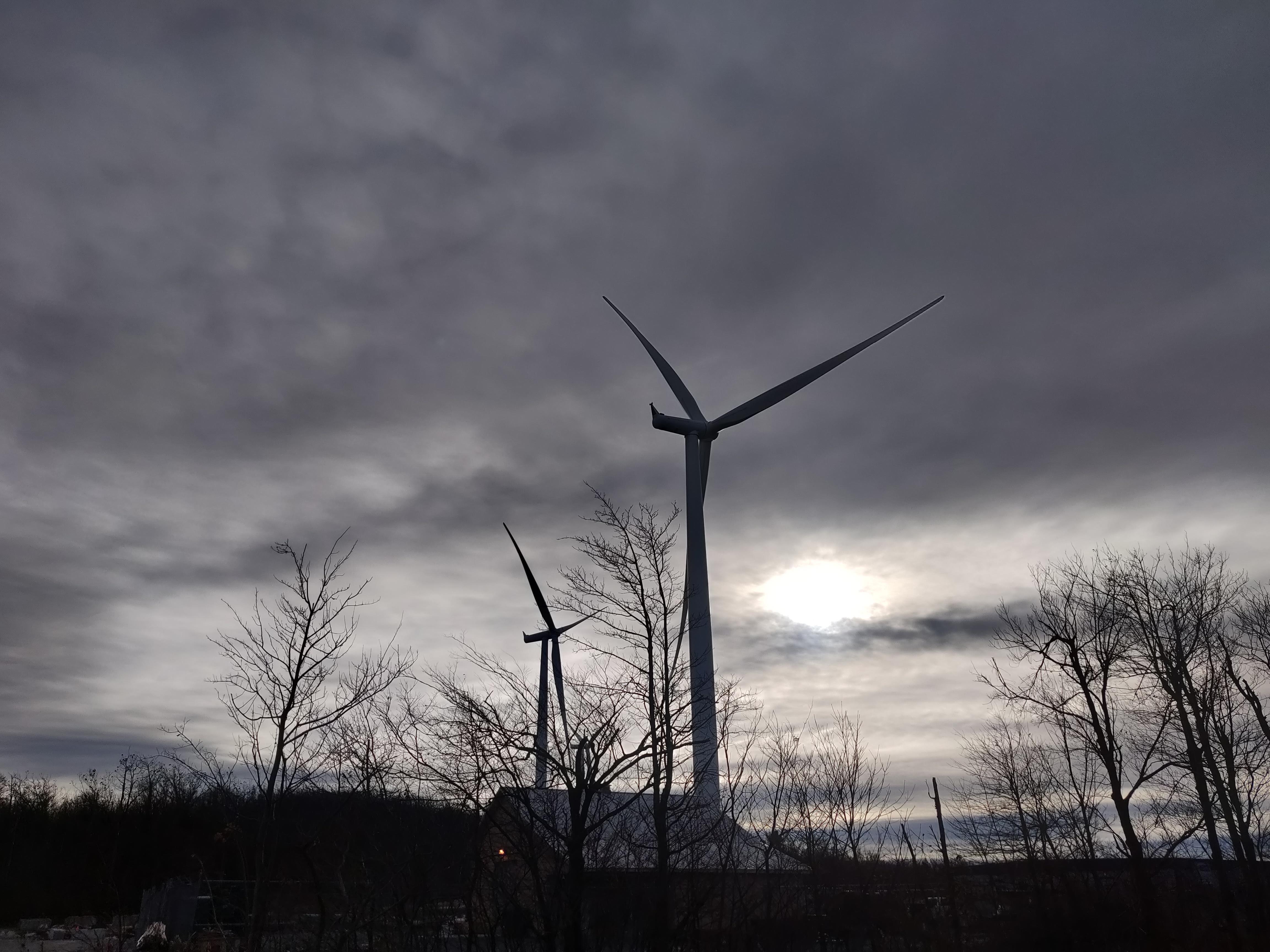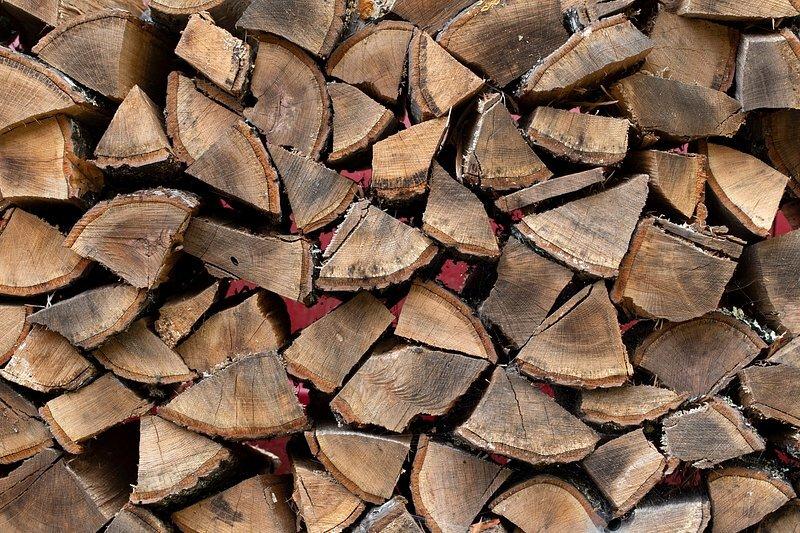Ensuring your solar hot water system is properly sized for your needs is crucial. An oversized system wastes money by producing more hot water than necessary, while an undersized system increases reliance on a backup heater powered by natural gas, electricity, or propane. The right size and number of collectors, storage tank size, and system type will result in a more resource-efficient and cost-effective setup.
Collector Sizing / Roof Space:
- Flat Plate Collectors: Range from 20 to 48 square feet and weigh 80 to 150 pounds, with dimensions from 3x6 feet to 4x10 feet and a 3-inch thickness.
- Evacuated Tube Collectors: Size depends on the number of tubes. A 20-tube collector (about 6x7 feet) can provide enough hot water for one to three people and weighs more than flat plate collectors.
For a quick estimate, a south-facing roof/surface needs at least 20 square feet of collector area for each of the first two people in the home. Add 12 to 14 square feet for each additional person. For example, 52 square feet of south-facing roof area is needed to provide 100% of the hot water for three people. Conserving water and using water-efficient fixtures can reduce the required collector size and overall system.
| For example, if three people lived in a home: |
| 40 square feet (for two people) + 12 square feet (third person) = 52 square feet |
Solar Storage Tank Sizing:
- Some companies offer one-tank systems that store solar-heated water and serve as a backup.
- Most building owners keep the existing hot water heater as a backup and purchase a new storage tank for solar-heated water.
- The rule of thumb for storage tank size is 20 gallons of hot water per person per day.
| # of People |
Storage Tank Volume (gallons) |
| 1 to 3 |
30-60 |
| 3 to 4 |
80 |
| 4 to 6 |
120 |
For active systems, typically used in Maryland, a more accurate estimate is 1.5 gallons of storage tank capacity per square foot of collector area. This prevents system overheating when hot water demand is low. For example, 52 square feet of collector area x 1.5 = 78 gallons of storage tank volume, so an 80-gallon tank would be used.
| Example: |
| 3 person household × 20 gallons of hot water per day = 60-gallon storage tank |
System Efficiency: The efficiency of a solar hot water system is crucial for quicker payback. Two key efficiency metrics are:
- Solar Energy Factor (SEF): Ranges from 1.0 to 11. The higher the number, the more efficient the system. SEF is determined by the energy delivered to the system divided by the electrical or gas energy input.
- Solar Fraction (SF): Ranges from 0 to 1.0. This is the fraction of your water heating energy requirement provided by the sun. A higher SF means greater efficiency and less reliance on a backup heater.
Refer to the Solar Rating and Certification Corporation’s (SRCC) website to compare SEF and SF ratings for complete systems (under the OG 300 Directory). These ratings cover all system components: collector, tank, pumps, motors, valves, piping, etc. The OG 100 Directory provides individual collector ratings. While rules of thumb and sizing worksheets offer a general idea of collector and storage tank sizes, solar hot water system companies and installers can provide a more precise assessment based on your water use, roof tilt, latitude, solar resource, and seasonal temperature variations. Use online tools like Solar Estimate at www.Solar-Estimate.org to input your information and get an idea of system size and cost.
